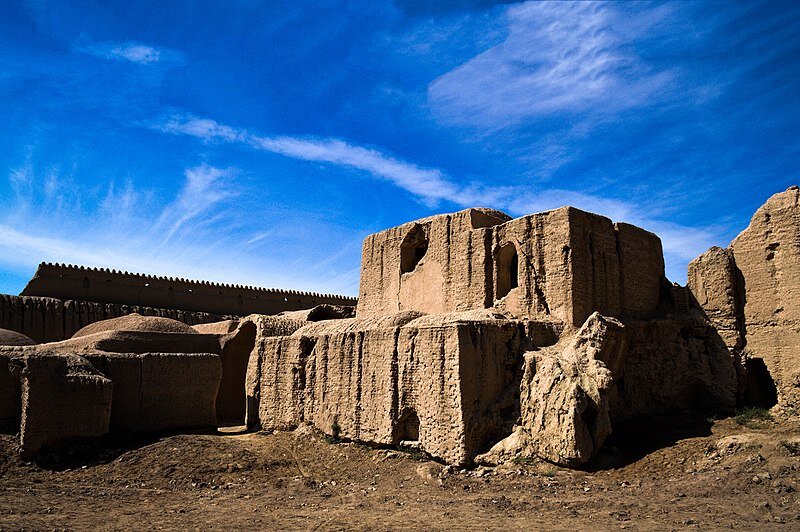Sassanid era citadel to undergo restoration

TEHRAN –Sassanid era (224–651) Qurtan Citadel in Varzaneh, the central province of Isfahan, will undergo some rehabilitation works, the provincial tourism chief has said.
In Varzaneh county, there is the historical village of Qurtan, whose citadel is one of the largest in Iran, Alireza Izadi explained on Thursday.
In the near future, work will begin to restore the southern fence of this huge and historic citadel, which measures 160 meters long, the official added.
Creating tourism infrastructure along the ancient path of Zayandehrood and the eastern historical core of Isfahan can be effective in achieving sustainable tourism development in this region, particularly in the face of drought, he explained.
From ancient to modern times, defensive walls have often been necessary for cities to survive in an ever-changing world of invasion and conquest.
Fortresses were designed primarily to defend territories in warfare and were also used to solidify rule in a region during peacetime.
Many of the fortifications of the ancient world were built with mud brick, often leaving them no more than mounds of dirt for today’s archaeologists.
Soaked in a rich history and culture, Isfahan was once a crossroads of international trade and diplomacy in Iran. Now, it is one of Iran’s top tourist destinations for good reasons. The ancient city is filled with many architectural wonders such as unmatched Islamic buildings, bazaars, museums, Persian gardens, and tree-lined boulevards. It’s a city for walking, getting lost in its mazing bazaars, dozing in beautiful gardens, and meeting people.
The city has long been nicknamed as Nesf-e-Jahan which is translated into “half the world”; meaning seeing it is relevant to see the whole world. In its heyday, it was also one of the largest cities in the region with a population of nearly one million.
Isfahan is renowned not only for the abundance of great historical bridges but also for its ‘life-giving river’, the Zayandeh-Rood, which has long bestowed the city an original beauty and fertility. The cool blue tiles of Isfahan’s Islamic buildings, and the city’s majestic bridges, contrast perfectly with the encircling hot, dry Iranian countryside.
The huge Imam Square, best known as Naghsh-e Jahan Sq. (literary meaning “Image of the World”), is one of the largest in the world (500m by 160m), and a majestic example of town planning. Built in the early 17th century, the UNESCO-registered square is punctuated with the most interesting sights in Isfahan. Modern Isfahan is now home to some heavy industry, including steel factories and a nuclear facility on its outskirts, however, its inner core wants to be preserved as a priceless gem.
ABU/AFM
Leave a Comment